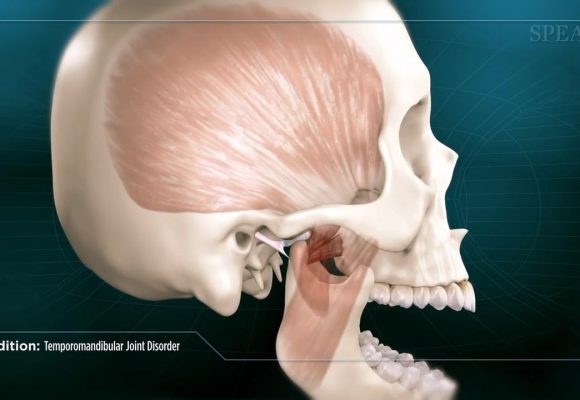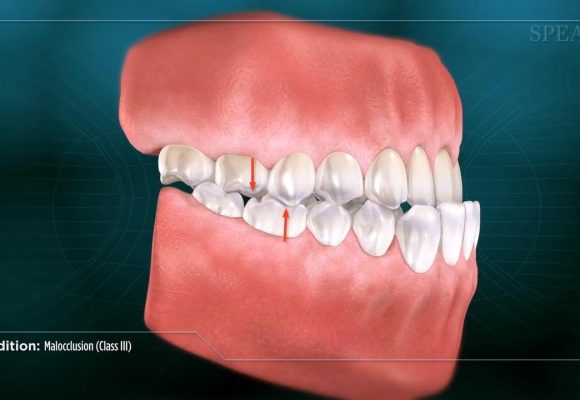For some patients experiencing symptoms of a poorly functioning chewing system, your doctor may recommend a procedure called equilibration to create more ideal contact between your upper and lower teeth. This process can require multiple appointments to complete.
After a thorough evaluation of your chewing system, your doctor will take impressions of your upper and lower teeth.
These impressions are used to create a set of models of your mouth that your doctor uses to analyze the way your teeth contact, and determine the most effective way to adjust them. Next your dentist strategically makes slight modifications, re-contouring the cusps, or points, of your teeth, or smoothing out landing areas for the cusps, allowing them to fit together better when you bite down. Your doctor may smoothen some areas of your front teeth as well to allow them better movement.
As your chewing system adapts to the improved function, follow up appointments may be necessary for your doctor to evaluate the contacts of your teeth and make additional modifications as needed. You may experience some changes in the way your muscles and teeth feel during this initial period. Once completed, the end result is a better alignment of your teeth, muscles, and joints all working together more uniformly, allowing for optimal jaw movement and comfort.
Copyright © 2018 Spear Education. All rights reserved.
Related Articles

Anterior Open Bite
An anterior open bite is a condition where a patient’s top and bottom front teeth…
Read more
Temporomandibular Joint Disorder
Temporomandibular Joint Disorder, or TMD for short, is a condition involving the joints, muscles, nerves…
Read more
Malocclusion (Class III)
Occlusion is a term dentists use to describe how teeth come together. When a patient…
Read more